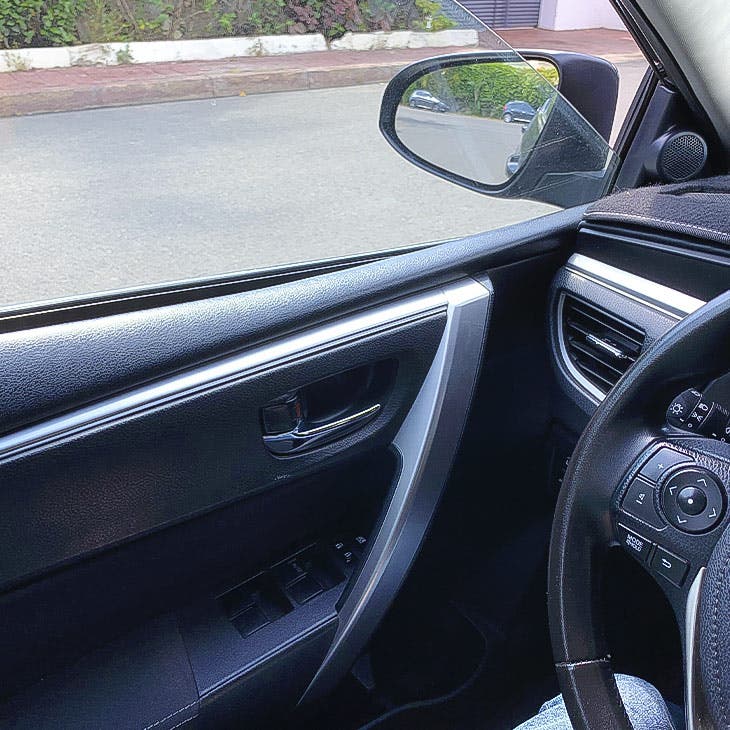Open windows: is there an impact on fuel consumption?

Many drivers prefer to drive with the windows open, especially in hot weather, rather than using air conditioning. Hoping to save fuel. Therefore, to ensure cool conditions inside the car, opening the windows seems more comfortable to them. But, is it really such a good idea? You should know that open windows solicit the engine and increase its wear.
A quick reminder: aerodynamics is the science that deals with the flow of gases (especially air) around solid objects. Thus, the air that circulates around the car while driving creates some resistance. The higher it is, the more pressure the engine is: it works more intensively and consumes more fuel. However, if the driver or a passenger opens the window, it alters the aerodynamics of the car. In other words, it will force the engine to work at higher revs to reach a certain speed. But that’s not all: open windows create turbulence that increases the aerodynamic drag of the vehicle. It is therefore important to keep them closed when you are on a highway or any other expressway. What for? Opening the windows will cause discomfort for both the driver and passengers. Not only does the air aggressively enter the interior, but it also makes a very disturbing noise. This situation is neither pleasant nor safe, especially for children.
Should I drive with the windows open or the air conditioning on?
The driver then has the choice to open the windows to ventilate the interior of the car or to rely on the air conditioning. But the latter is not harmless either: if it is turned on at full power, it also consumes a lot of energy and the tank of gas will not last long. It must therefore be used in moderation!
So what’s the solution? The golden rule is: at low speeds in local traffic, it is best to open the windows to cool the cabin. But, when speeds are higher, especially on a highway, it is better to turn on the air conditioning. Keep in mind that when the window is open, energy consumption increases with increasing speed. Conversely, when air conditioning is activated, energy consumption decreases with increasing speed. But, of course, if you want more freshness inside, air conditioning will require more energy.
Quick advice : If you have parked your vehicle in a very hot environment, before starting, first remember to ventilate the passenger compartment. So you can drive with the window slightly open, while the stifling heat dissipates.
Open windows = increased particulate matter levels in the passenger compartment
In summer, most people prefer to open the windows of their vehicle to cool off rather than use the air conditioning. It’s obvious: it saves energy and reduces air pollution.
However, riding with the windows open also has a definite impact on health. This significantly increases the air pollution in the car. According to a study conducted in 10 cities around the world, driving with the windows open can lead to an 80% increase in particulate matter (PM2.5) levels in the cabin. The results vary depending on the external environment and are influenced by the use of air conditioning or fans. The study recommends avoiding rush hour driving and favouring air conditioning to avoid adverse effects on health and the environment.
What are the effects of noise caused by open windows?

When driving at 120 km/h on the highway, admit that there is nothing more disturbing than this deafening sound called “gust of wind”. This sound comes from the outside air that passes through and interacts with the air contained in the vehicle. When these two air masses “collide”, they compress and decompress repeatedly, producing that throbbing effect that makes you feel like you’re stuck in a small wind tunnel.
The risk of earaches can also bere a problem when driving with the windows open. Since cars are known to be noisy, they are likely to cause hearing problems. Knowing that other elements, such as the engine, are already noisy enough, it is better not to add a layer!





